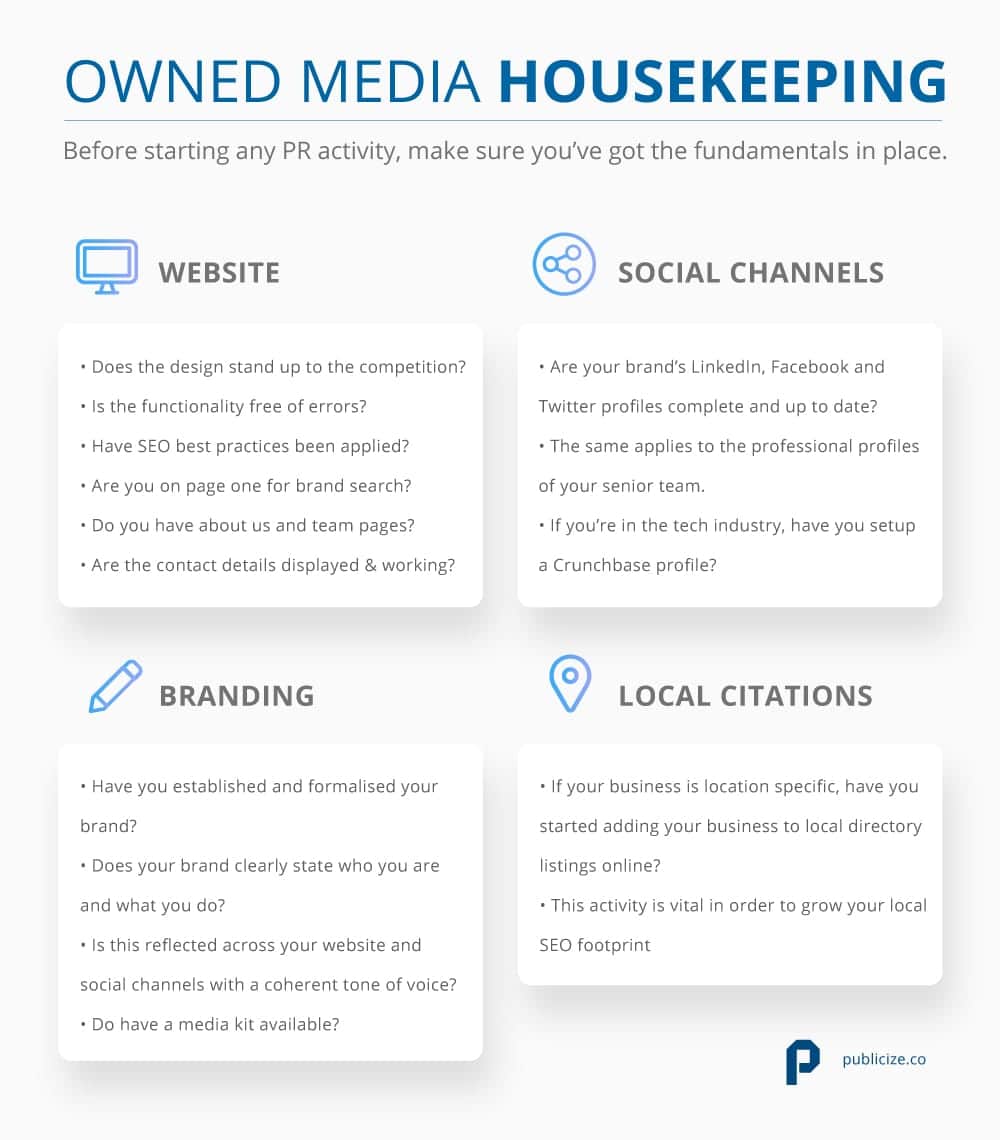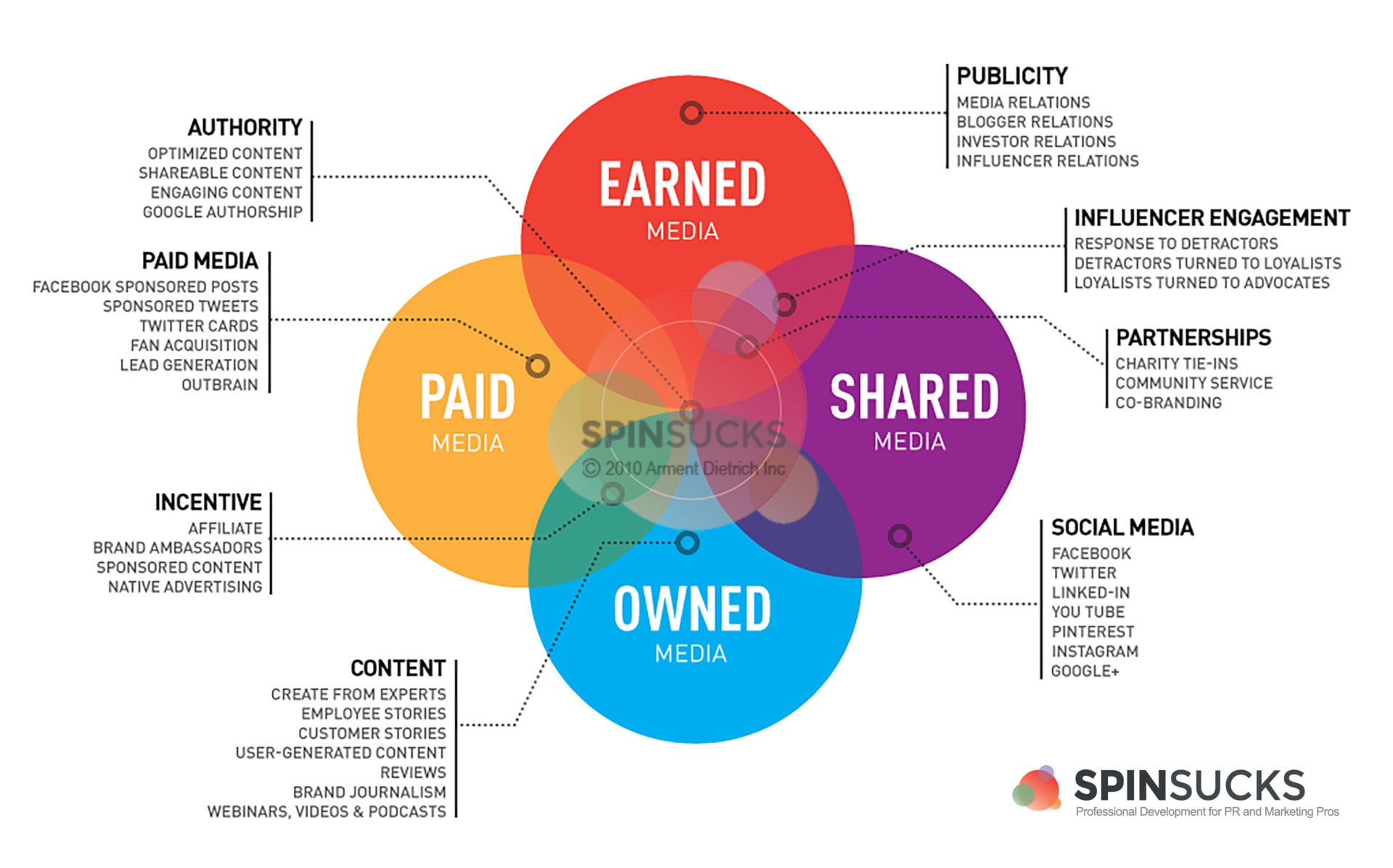Establishing a fintech brand in 2022 is hard work. When it comes to managing people’s money, customers need brands they can trust. And as a fintech startup, you enter this market as a complete unknown, with a serious trust deficit when compared to incumbents.
This is why marketing and brand building are vital for today’s fintechs. We’ve therefore gathered the most important fintech marketing trends and fintech marketing advice from the industry experts working for some of the fastest scaling financial services companies around the world.
These are the five fintech marketing trends you need to know in 2022.
1. Going beyond just your tech in your messaging

While the superior UX of fintech products gives them an edge over traditional financial firms, these larger players are quickly catching up, through either acquisition or in-house innovation.
What this means for fintech marketers is that just relying on superior UX in marketing communications may not give them the edge for that much longer. Therefore, fintechs need to broaden out their messaging to ensure they differentiate themselves over the long term

Here are some ways fintechs can go this:
- By making the offer as simple as possible. In this respect, less is definitely more. Traditional financial products can appear baffling, especially to younger consumers. So lead messaging and product explanations should be as economical as possible, while still getting across your value proposition.
- By talking up transparency. Again this is another area where most fintechs have a huge advantage over traditional firms. This involves making terms and conditions as transparent as possible throughout the customer journey.
- By focusing on the things they’re doing differently from the big players, other than just superior tech and UX. This includes the mission and the philosophy of how they’re doing things in a more responsible and socially beneficial way.
In 2022 being transparent, authentic and engaging in socially conscious topics is more important than ever as ethics are guiding the purchase decisions of millenials. Therefore, going beyond tech and implementing ethical values in your fintech marketing strategy can help you stand out from your rivals.

2. Building trust with customers through owned media content

Like all startups, fintechs enter their industry as unknowns. However, financial services brands need to have trust in the eyes of their target audience, perhaps more than any other type of business. After all, they’re managing people’s money.
Therefore, most fintechs that we work with and pretty much everyone we interviewed for our research told us that a large part of their marketing efforts, particularly during the early days, is centered around building trust with their audience.

Owned media content plays a very important part in building this trust, through the following means
- Educating audiences on how a fintech company’s products can solve some of their existing problems and pain points they have with financial products
- Demonstrating how much a fintech company understands its audience
- Showing how a fintech company knows its market better than anyone else
- Creating transparency around the product offering
- Creating a community around your owned media content
But before investing in any owned media output, it’s important to have the
fundamentals in place, which the following infographic shows.

3. Using thought leadership to build legitimacy in the market

The next trend follows on closely from the last. Just as important as building trust in the eyes of an audience is being seen as a legitimate player within the industry. And when it comes to the question of how to build this legitimacy, a consensus of opinion that emerged in our research was through using thought leadership.
But what exactly is thought leadership? It’s a term that’s used a lot in PR and marketing but not everyone fully understands what it is.
Well, here at Publicize, we define thought leadership as
“Where you leverage the expertise and experience within your business to provide expert insight and answers to the biggest issues facing your industry”
The actual form that thought leadership marketing takes can be via both owned and earned media. The below infographic shows the PESO Model (created by Gini Dietrich, author of Spin Sucks), which helps to conceptualize the relationship between these media types.

Owned media thought leadership marketing includes mediums such as blog posts that provide detailed analysis of events and issues within your industry, and reports that you publish on topics such as the current state of your industry or new trends.
Earned media thought leadership most often takes the form of guest posts that are written by members of a business’s leadership team which tackle large topics within the industry, which are then published on relevant third party media outlets.

The big difference between the effectiveness of owned and earned media thought leadership marketing is that owned media content will only reach a business’s existing audience. Whereas earned media thought leadership can reach a much wider audience and specific narratives can be targeted towards specific audiences.
4. Making the most of budgets with lean marketing methodologies

The biggest fintech marketing challenge for many startups is tight marketing budgets. This is especially the case when compared to the deep pockets of traditional competitors.
A way that many fintechs are countering this challenge is by adopting lean marketing methodologies, in order to make the most of their marketing budgets.

For those not familiar with this, here’s a definition:
“A marketing methodology adopted from product development that focuses on iterative and shortened campaigns and precise measurements of success”.
Or as someone else has put it: fail early and fail often. This way, you save spending money on what doesn’t work, while constantly getting feedback on how to improve.
In essence, lean marketing is all about operating within a continual testing mode, allocating small budgets to test different campaigns. If something works, it’s allocated more budget, if it doesn’t, it’s altered or abandoned.

5. Leverage referral systems

This is more of a B2C than a B2B fintech marketing trend, yet very effective.
Recommendations from friends are one of the most credible forms of advertising among consumers. Since building the trust of key stakeholders is notoriously difficult in marketing, using a referral system is a perfect solution.
Users will establish trust with new potential clients on your behalf and you get to capture warmer leads.
Take a look at this example from Transferwise for example. They use a referral program to leverage the trust between friends to attract new users to their platform. And of course, they also repay their existing clients for the referral. Talk about a win-win situation: new leads keep coming and existing clients stay content.

Wrapping Up
Now you should have a better idea of the current fintech marketing trends and how to leverage them to reach your target market.
Going beyond superior tech and UX in marketing communications, building trust through owned media content, using thought leadership to build legitimacy and making the most of tight budgets with lean marketing are all important factors that our research uncovered. If startups operating in this industry incorporate fintech PR and marketing strategies, they stand a much better chance of making it.
With thanks to the following contributors:
- Matt Baker, VP Strategic Planning, Freshbooks
- Javier Fernández, Chief Marketing Officer, Pagantis
- Shreya Kothari, Product Marketing Lead, Finturi
- Pratik Shah, Global Head of Marketing, InstaREM
- Jessy Conflon, Head of Marketing, Paybase
- Jennifer Abbatiello, VP & Sales Marketing, Lendified
- Kenny Pattie, Content Marketing Executive, The ID Co





